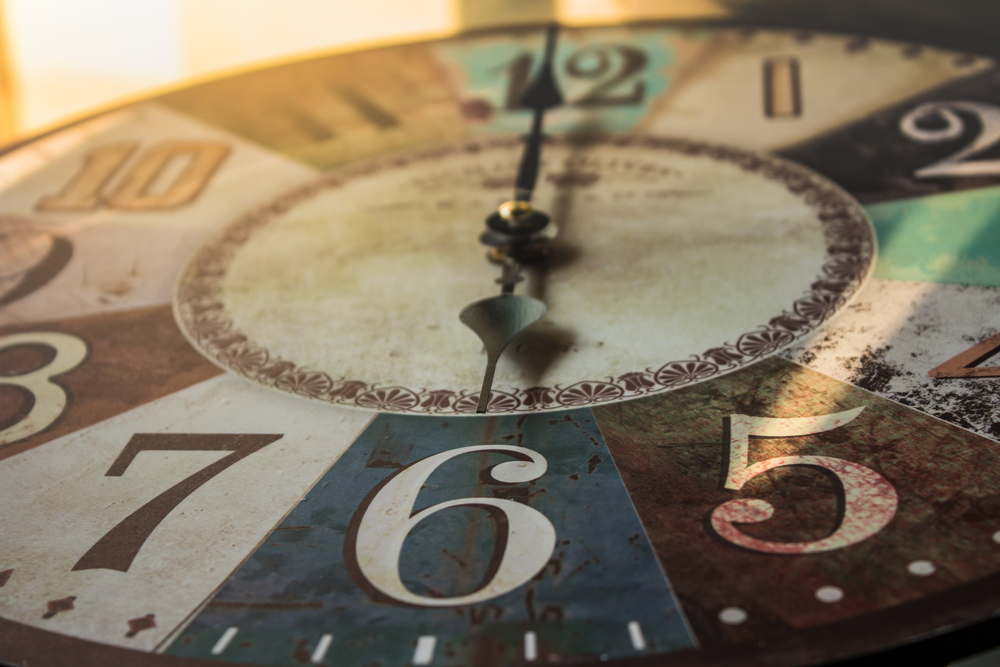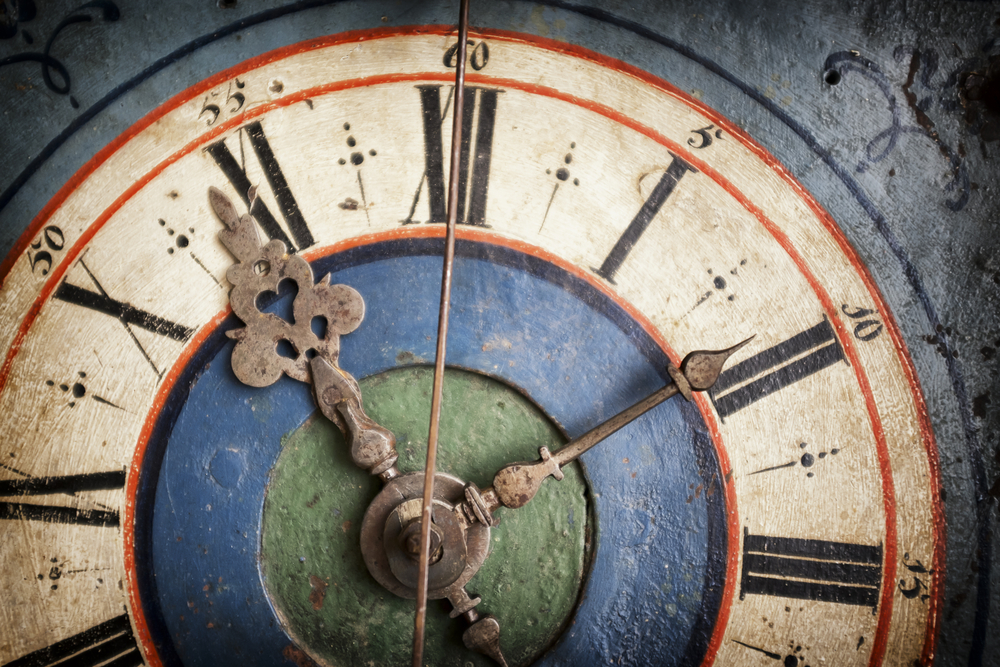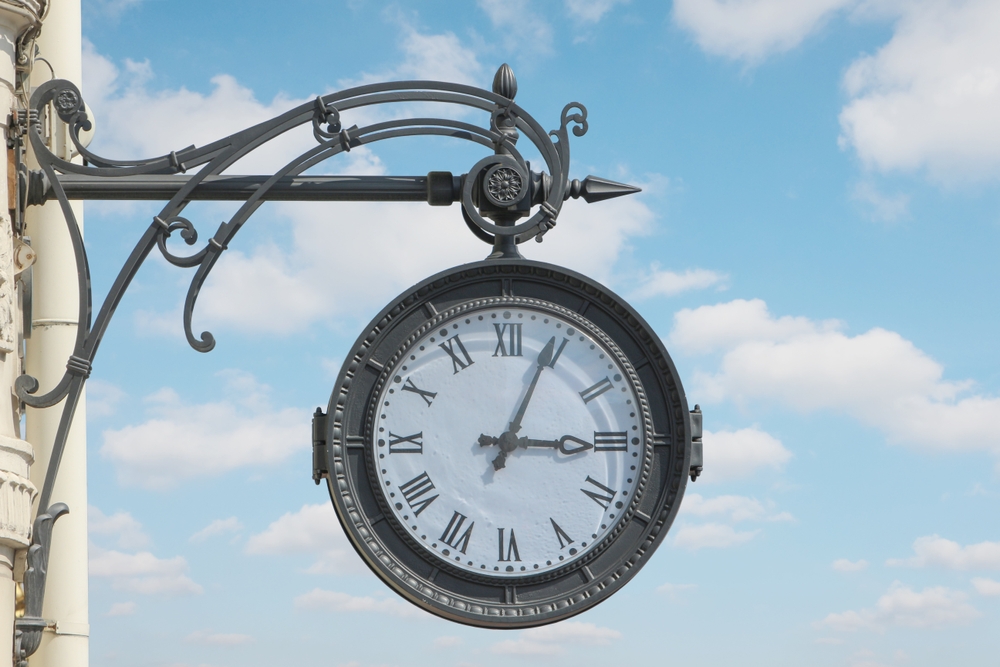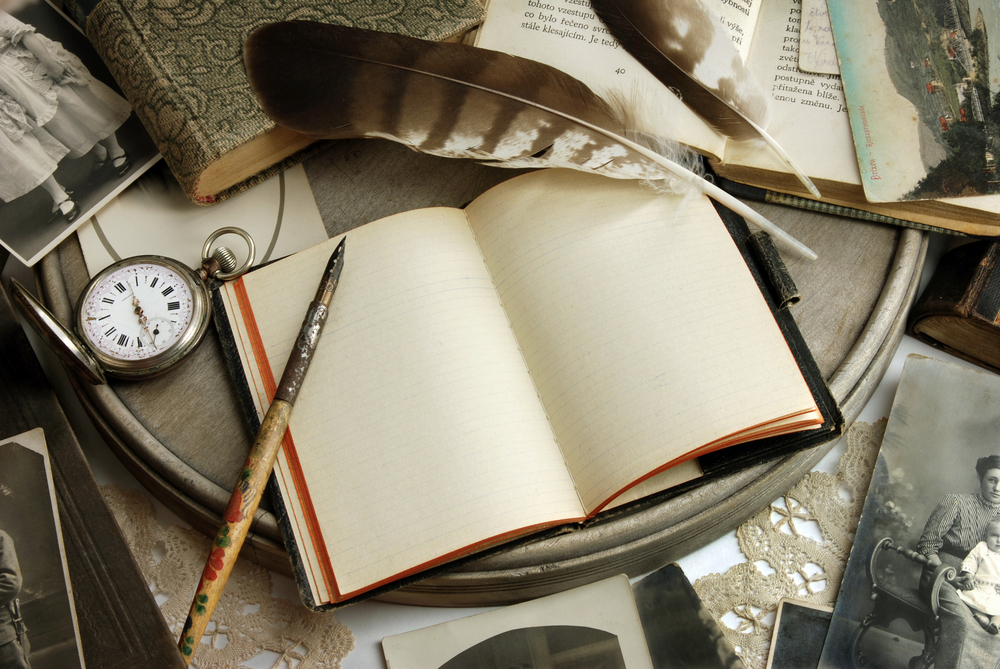There are many aspects of language that native English speakers take for granted. For example, there are words that look like they rhyme but don’t: come and home, and through and cough. Then there are words that are spelled the same but are pronounced differently depending on the context: tear and tear, and wound and wound. And don’t get started on the strange idioms from going cold turkey to raining cats and dogs. This language loves tripping up anyone trying to learn it. It often befuddles its native speakers as well. They may say “o’clock” throughout their lives, but if they stop to think, they may wonder: What does the O stand for?
The purpose of an apostrophe

Quick grammar lesson: The punctuation mark called the apostrophes has two common uses. The first shows possession in phrases like “children’s books” or “the director’s film”. It also appears in contractions to indicate that some words or letters are missing. Think “don’t” instead of do not, or “there’s” instead of there is. Therefore, the apostrophe in o’clock indicates that something was skipped over, and many people have forgotten what it was.
What is o’clock short for?

The simple answer is the O stands for “of the,” according to the Britannica Dictionary. So when a person says it’s six o’clock, they mean it’s six of the clock. That may sound odd to modern English speakers, but “of the clock” is another way of saying “according to the clock”.
The origin of “of the clock”

The phrase predictably originated when mechanical clocks became popular in Europe in the late 1300s. Before that point, people kept time using sundials or shadow clocks. But over time, analog clocks as we know them became the standard way to measure it. Hence the growing usage of “of the clock”.
The origin of “o’clock”

Like with most types of slang, it didn’t take long for the clunky-sounding “of the clock” to become shortened to “o’clock”. People use the phrase often when announcing the time or planning appointments — today and back then. So it got cut for quicker and smoother conversations.
“Because it’s a set phrase for telling time, it’s not surprising that it got shortened over time because we’re saying it fast,” says Anne Curzan, PhD, a professor of English, linguistics and education at the University of Michigan, in an interview with Reader’s Digest.
How words evolve

Slang and contractions can develop without people realizing they are doing it. It happens naturally as they speed through the less important parts of certain phrases. As Michael Adams, PhD, a professor of English and linguistics at Indiana University, explained, “It’s unusual for English speakers to retain a lot of words in unstressed positions in a phrase. In ‘1 of the clock,’ you’ve got two unstressed words there: the of and the the. And it is an invitation to a type of abbreviation. So it’s not ‘1 of the clock’ but ‘1 o’clock.’ You get that nice alternating rhythm there, which is so typical of the cadence of English.”
Have that in writing

As time went on, more of the population became literate, which led to the standardized spelling of “o’clock”. This commonly written term made the full “of the clock” be used even less. “Part of what you have here is that, because these are early enough, the spelling comes to reflect the pronunciation,” said Curzan.
Jack-o’-lantern

O’clock is far from the only contraction that has nearly replaced the original phrase. Jack-o’-lantern also raises the question: What does the O stand for? It yet again stands for “of” making the full phrase “Jack of the lantern”.
This term originated in Britain the 1800s to refer to a night watchman or any man with a lantern, according to Merriam-Webster. During this time period, people would dub unfamiliar people Jack, or other common names. Sort of like how people use John Doe today. Not until the 19th century did Jack-o’-lanterns become the name for the now-famous hollowed out pumpkin lanterns. However, the exact connection between the term and the pumpkins are unclear.
More contractions

Contractions demonstrate how language and words evolve over time. Today, we are so accustomed to the apostrophe, we forget it was meant to replace something. But phrases like o’clock, ne’er-do-well (never-do-well), and will-o’-the-wisp (will-of-the-wisp) indicate a rich history behind the English language. There’s much to appreciate about it, even though its grammar can drive us crazy. (Why are there so many exceptions to “i after e except after c”?)
Read More: What Does It Mean If Your Honey Crystallizes?

